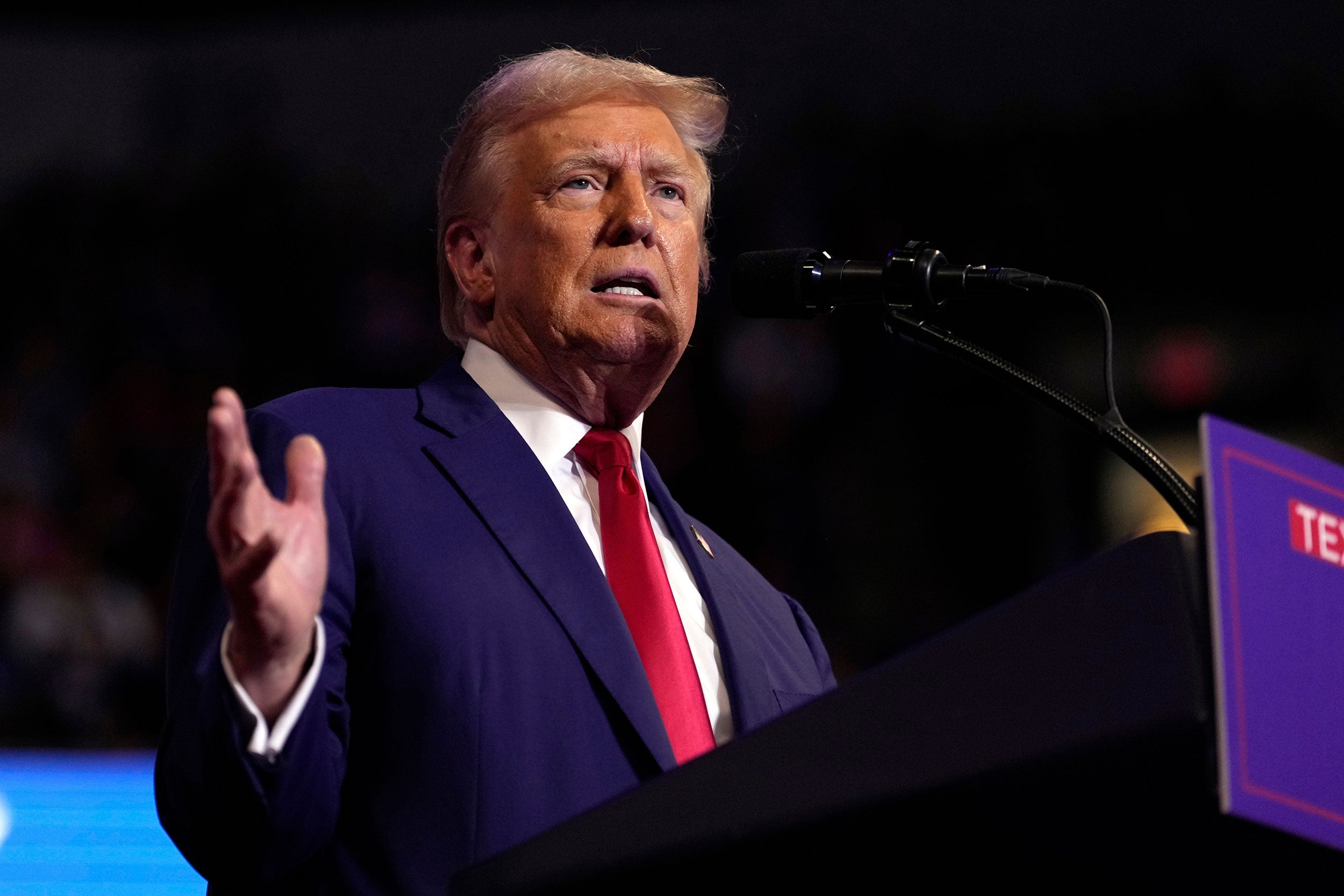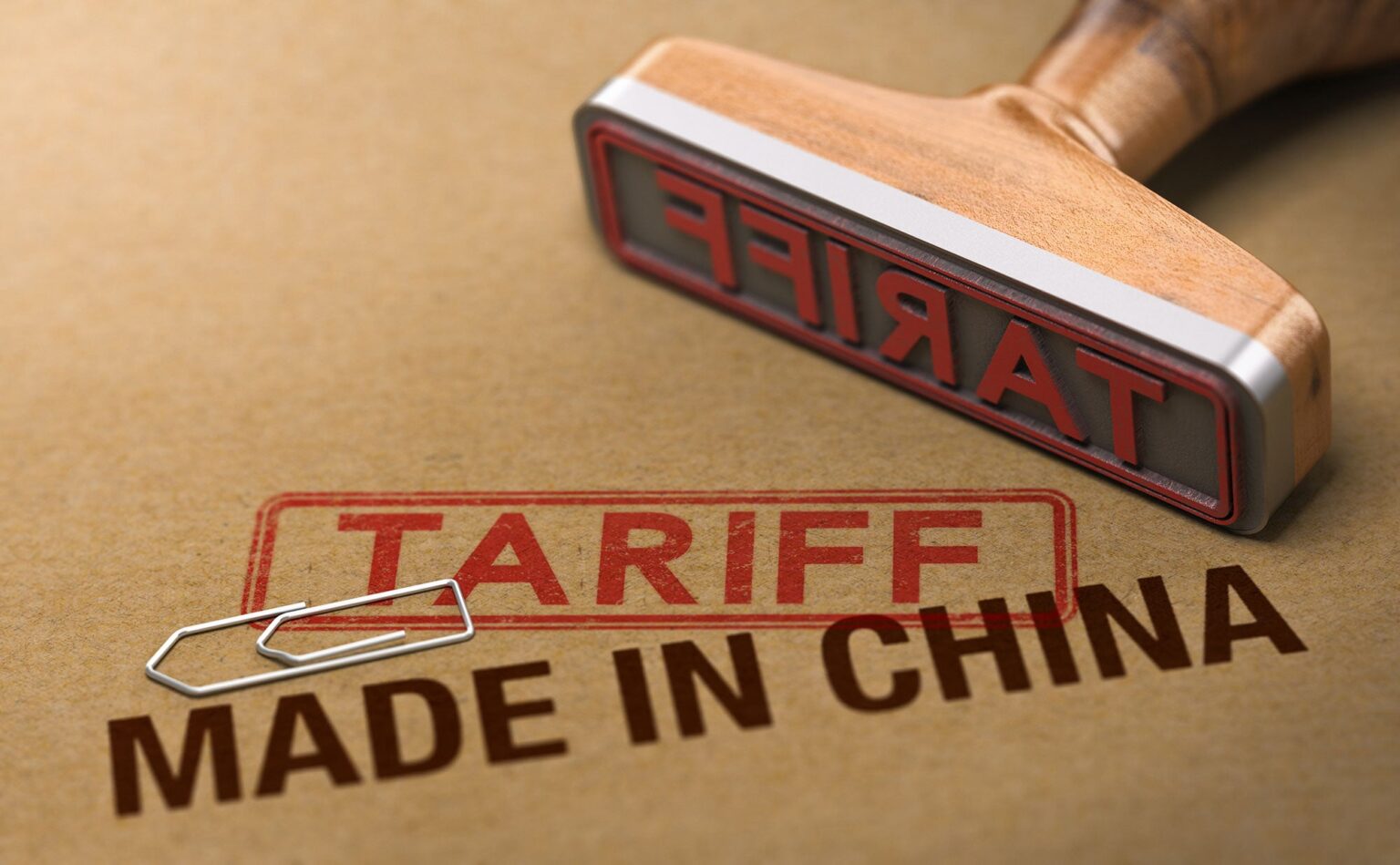President Donald Trump revealed sweeping “reciprocal” tariffs Wednesday afternoon, imposing a minimum 10 percent tariff on all foreign imports, with additional tariffs based on the rates charged by other nations on American goods.
Tariffs that kicked in a few hours later, at midnight, are levied on major U.S. trading partners like China, the European Union, and Vietnam up to 46 percent. Tariffs are paired with a 25 percent duty on foreign cars, leaving it unclear whether the tariffs will be stacked.
The White House calculates the tariffs will yield up to $600 billion annually, though economists question the forecast based on potential declines in import volume.
— Rapid Response 47 (@RapidResponse47) April 2, 2025
The proclamation was met with stalwart endorsement and opposition. At the White House Rose Garden ceremony, Trump proclaimed April 2, 2025, as “Liberation Day,” asserting the tariffs would jumpstart American industry and right what he claimed was years of economic exploitation by foreign nations. Attendees included House Speaker Mike Johnson, U.S. Rep. Marjorie Taylor Greene, and United Auto Workers union members.
But there are clear concerns, particularly from production farmers who have a deep stake in export markets — especially ones that have taken decades to build up and solidify. According to American Farm Bureau Federation President Zippy Duvall, more than 20 percent of farm income comes from exports.
“Tariffs will drive up the cost of critical supplies, and retaliatory tariffs will make American-grown products more expensive globally,” he said. “The combination not only threatens farmers’ competitiveness in the short-term, but it may cause long-term damage by leading to losses in market share.”

Agriculture groups express concerns and potential opportunity
While certain sectors, such as home manufacturing, could benefit, agricultural groups well beyond AFBF have been concerned.
National Farmers Union President Rob Larew warned that American family farmers and ranchers would be the initial victims of the tariffs, deepening economic tension and uncertainty for rural communities.
The NFU and 17 other agricultural organizations had already called on the administration to adopt trade policy that stabilizes, rather than destabilizes, American agriculture.
“One thing is certain: American family farmers and ranchers will bear the brunt of this global trade war. The economic strain and uncertainty that farmers face have reached a breaking point,” Larew wrote. “Without meaningful support and a commitment to fair trade policies, we will lose even more family farms, weaken rural economies, and ultimately drive up costs and limit choices for consumers at the grocery store.”
Leaders in the dairy industry acknowledged the administration’s efforts to address long-standing trade barriers but stressed the need for careful negotiation. Gregg Doud, president and CEO of the National Milk Producers Federation, highlighted the restrictive measures imposed by the European Union and India, arguing that tariffs could serve as a bargaining tool.
However, he cautioned against potential retaliatory actions from trading partners.
“Tariffs can be a useful tool for negotiating fairer terms of trade. To that end, we are glad to see the administration focusing on long-time barriers to trade that the European Union and India have imposed on our exports. The administration has rightly noted both countries’ penchants for restricting sales of American products,” wrote Doud. “In fact, 20 percent reciprocal tariffs are a bargain for the EU considering the highly restrictive tariff and nontariff barriers the EU imposes on our dairy exporters. If Europe retaliates against the United States, we encourage the Administration to respond strongly by raising tariffs on European cheeses and butter. We also appreciate the President’s recognition of the sizable barriers facing U.S. dairy exports into the Canadian market.”
Krysta Harden, president and CEO of the U.S. Dairy Export Council, echoed these concerns, urging the administration to focus on eliminating both tariff and non-tariff barriers.
“A firm hand and decisive approach to driving changes is most needed with the European Union and India to correct their distortive trade policies and mistreatment of American agriculture including both imbalanced tariff barriers and nontariff choke-points such as the misuse of Geographical Indications to block sales of our cheeses,” she said.
The release of the policy also attracted fierce political reactions. Senate Finance Committee Ranking Member Ron Wyden (D-Ore.) strongly denounced the tariffs as “economic poison” that would burden working families with even higher costs. Wyden argued that the policy encourages volatility, which compels businesses to struggle to make long-term investment choices. He vowed to lead efforts to roll back what he called “mindless blanket tariffs.”
In contrast, the bill has received endorsements from the U.S. Chamber of Commerce, former Vice President Mike Pence’s advocacy group Advancing American Freedom, and various organizations spanning the political spectrum.
One ranch group that has also spoken consistently in support of policies such as Mandatory Country of Original Labeling has also voiced its support for tariff implementation.
“Our nation’s cattle and sheep sectors are losing farms and ranches at an alarming rate, with census data showing our beef cattle operations disappeared at the rate of over 21,000 farms and ranches per year during the five-year period between the two latest censuses. Tariffs will help put an end to the globalists’ practice of using cheaper imports to reduce demand for domestic cattle and sheep, which causes domestic farms and ranches to fail,” said R-CALF USA CEO Bill Bullard.
In recent letters to the Trump administration, R-CALF USA also asked for a tariff-rate quota system that would limit current beef imports by 1.5 billion pounds and substantially limit lamb imports to allow the domestic sheep industry to reclaim at least 50 percent of the domestic lamb market.
R-CALF USA also asked for a 25 percent tariff on imports of live cattle from Canada and Mexico.
USDA introduces trade programs to offset potential losses
In response to the economic impact the tariffs might have, the U.S. Department of Agriculture implemented new agricultural trade promotion programs for the fiscal year 2026. The programs, including the Market Access Program and the Foreign Market Development Program, assist in opening new doors overseas for U.S. farm commodities. Secretary of Agriculture Brooke Rollins stated that the administration is committed to opening new markets, citing future trade missions to Vietnam, Japan, India, Peru, Brazil, and the United Kingdom.
The MAP, with an annual budget of $200 million, assists U.S. agricultural organizations in promoting American goods abroad. Participants in the program typically contribute more than $2.50 for every $1 in federal funding received. The FMD program, funded at $34.5 million annually, seeks to address long-term import constraints and create new export opportunities. Other initiatives, such as the Technical Assistance for Specialty Crops and the Emerging Markets Program, provide funding to alleviate specific trade barriers and establish new markets.
Despite the government’s assurance, farmers remain concerned about the near-term effects of tariffs. The specter of retaliatory tariffs from trading partners may add further pressure to an already strained agriculture sector with volatile commodity prices, supply chain interruptions, and rising input costs. While some industry leaders see tariffs as a bargaining chip to secure better trade agreements, others worry that rising tensions in trade may lead to perpetual uncertainty and economic suffering.
As the policy is enacted, its broader implications for American industry, trade relations, and consumer expense are uncertain. While the administration positions the tariffs as a means to support domestic manufacturing and balance trade accounts, the response from both economic analysts and industry participants suggests a complex and potentially destabilizing impact. Whether or not these measures will achieve the proclaimed goals of the administration or have unforeseen economic consequences will depend largely on how trading partners react and the pace of the negotiations.


